Mobility as a Service: Why is it a good choice?
As you must have observed, with the rising population, vehicular traffic on the roads has also increased manifold.
With each passing day, we are witnessing more traffic, more congestion and a lot of inconvenience while commuting.
And it is also impacting the environment.
It has become a normal thing to complain about this in our daily lives but not doing much really.
The way we commute has been changing a lot with the times. Earlier, there used to be trains, then came personal vehicles and now, looking at the grim situation, MaaS could be a great alternative.
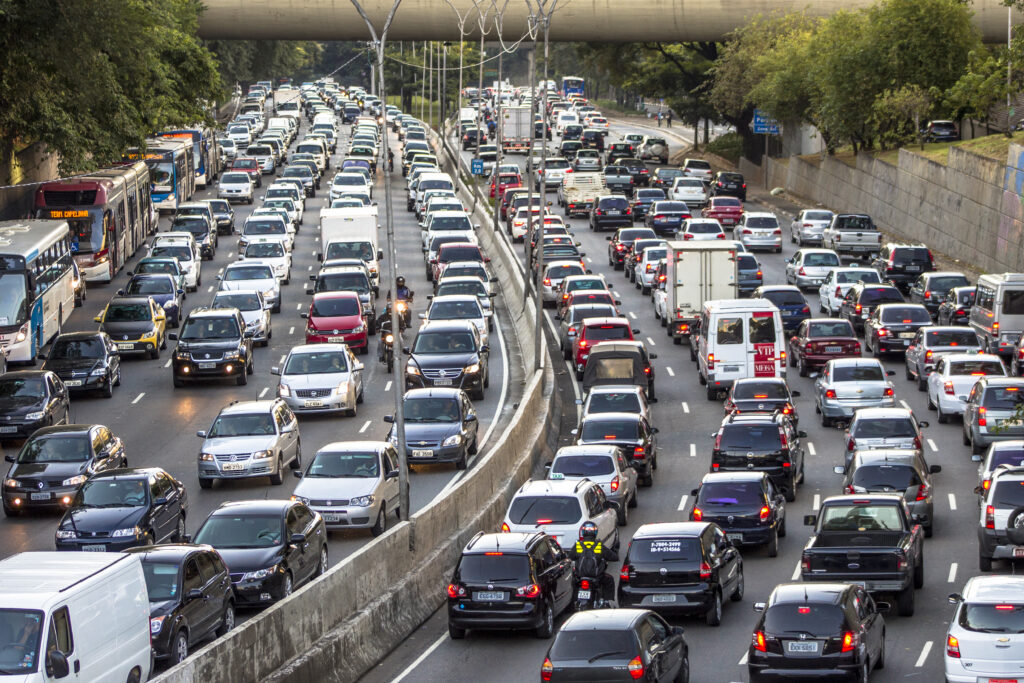
What is Mobility as a Service?
According to a definition given by the UK Parliament in 2017, “Mobility as a Service (MaaS) is a term used to describe digital transport service platforms that enable users to access, pay for, and get real-time information on, a range of public and private transport options.”
Basically, you can plan, book and pay for all your transport, both public and private, through a single digital platform instead of owning it.
As a result, a highly convenient and affordable mode of mobility is served to you. It could be ride-sharing, car-sharing, bike-sharing, using a metro, a tram or a bus.
Whatever that makes your journey the best possible in terms of expense and effort.
How big is the market?
The global market size of MaaS in 2021 was valued at USD 187.31 billion and it is expected to reach a figure of USD 236.42 billion in 2022.
By 2030 it is expected to rise to USD 775 billion, displaying a CAGR of 18.5% in the period.
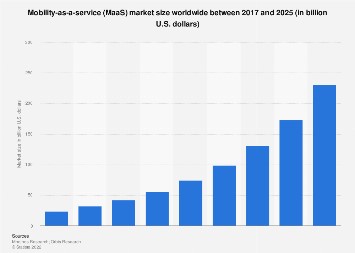
This rapid growth hints towards consumers showing their continued interest in different modes of transportation.
Seems like consumers are less concerned about the status of their transportation and more concerned about the convenience through which they travel.
New types of MaaS
MaaS does not only mean the integration of different modes of mobility services.
In several cases, this means the introduction of new kinds of transportation such as carpooling, bicycle sharing, and other innovative kinds of on-demand transport.
These systems are in support of the existing public transport systems.
Also Read
EVs and Shared Mobility – Key to Sustainable Mobility
1. Bicycle sharing: One of the common issues faced by all commuters when they are using public transport is the connectivity in the first and last mile.
A bicycle sharing system allows users to borrow a bike for a short period. They are charged a small fee for using the bicycle.
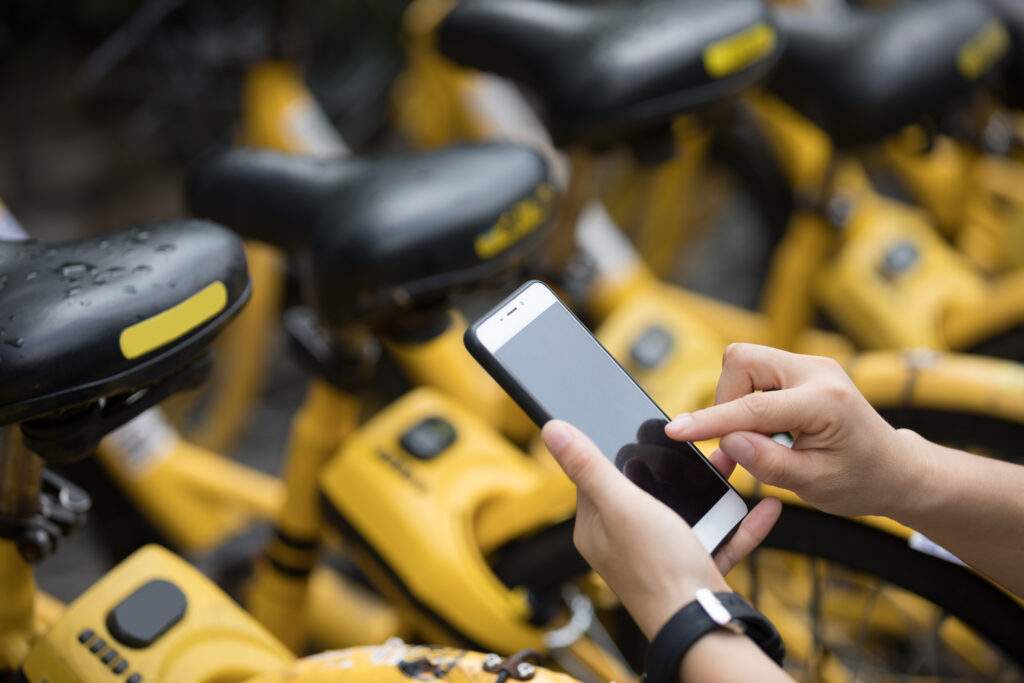
In recent years we have seen the use of “free-floating” sharing systems for bicycles. These systems allow the users to pick up and return the bikes in any place.
Some examples of bicycle sharing systems include New York operator Citi Bike. There is one called Santander Cycles in London and others include Mobike, oBike, etc.
2. Car sharing or carpooling: The car sharing system works similarly to the bicycle sharing system.
The subscribers to this system can borrow a car for a definite period that ranges from a few hours to a few days.
Also Read
Effective Strategies to Overcome the Competition in the Ride-Hailing Business
And just like the bicycle sharing systems, most car sharing services need the user to return the vehicle to a specific location.
You can also get some free-floating kinds of car sharing services. They are similar to conventional car rentals such as Avis or Hertz. Some examples of these services include operators such as Car2go, Zipcar, GoGet, and Car Sharing.
3. Demand responsive transport (DRT): Demand responsive transport also known popularly as DRT is quickly becoming a crucial part of MaaS.
The form is further subdivided into independent and distinguished demand-responsive systems.
The independent DRT is many times described as ride-sourcing or ride-hailing services. It is similar to a conventional taxi service. The difference lies in the fact that the demand and supply of these services are managed and transacted through a smartphone app.
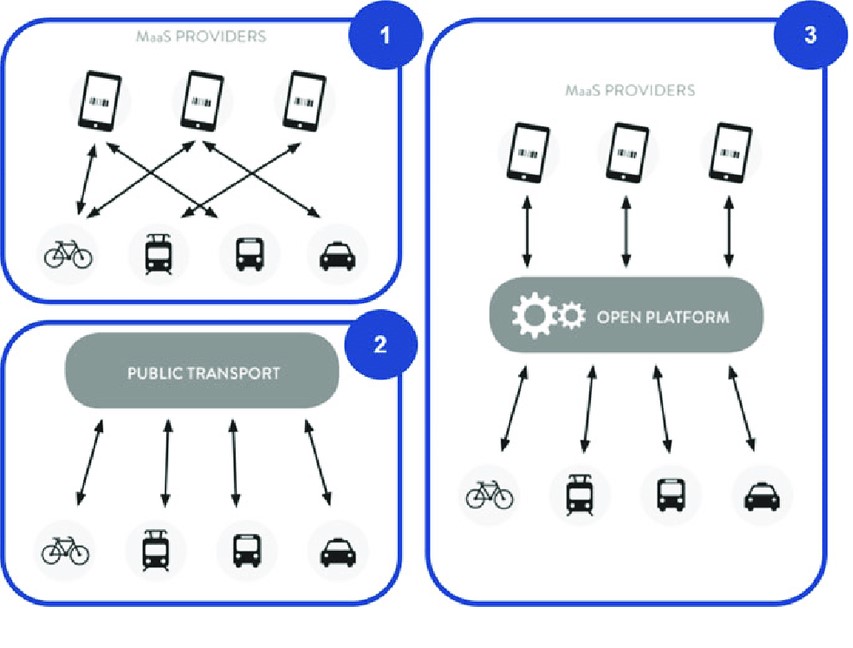
There is no need to hail a taxi from the street. Many big names are operating in this line of business such as Lyft, Uber, Grab, Ola, and Didi Chuxing.
The collective DRT services include transportation in the form of door-to-door or place-to-place ways. This kind of transport many times involves minibus services.
This kind of service can be in the way of public transport that is not operated according to a fixed timetable. Some examples of this type of transport are UberPOOL, ViaVan, GrabHitch, Citymapper Ride, and Lyft Line.
Factors impacting consumer interest in MaaS
- It is less expensive
With volatile oil prices, there has been a continous rise in the prices of petrol, diesel and gas.
It has led to difficulties for consumers to have a proper budget for their transportation costs.
The rise in inflation is also making it tough for people to own a car and bear its maintenance costs. So, many people are opting for alternative modes of transport including ride-hailing services.
In most cases, these services are more flexible and they can be customized per independent user.
- It is more convenient
Looking and paying for a parking space alone today has become a big hassle for the commuters. This is what is driving more consumers towards MaaS.
It also gives you an option of not to drive which is an effort in itself in today’s busy lifestyle.
According to Urbanism Next, it offers greater connectivity and helps solve first- and last-mile challenges of public transportation.
3. Environmental Impact
People are becoming aware of the environmental impact of owning a car. They are looking for ways to decrease their carbon footprint.
Environmental hazards are out in the open and people just want to do their bit in having an eco-friendly environment.
As quoted in Science Direct, MaaS is considered to be a service that can reduce emissions and even alleviate other negative externalities, such as congestion, air pollution, social exclusion, and the excess consumption of space.
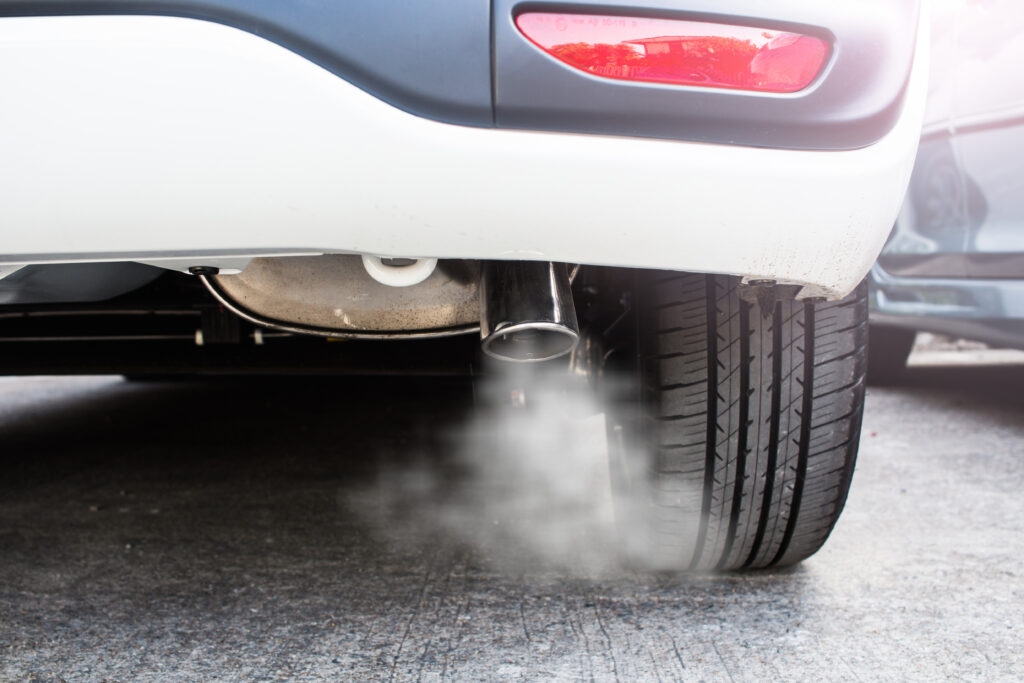
4. Companies offering these services
With time, more and more consumers have opted for car-sharing apps and ride-hailing services. Some ride-hailing apps such as Lyft and Uber have already observed a meteoric rise and several start-ups are entering the market all the time.
Apart from these big players, some conventional automakers are looking to get involved in this space taking up their versions of car-sharing initiatives.
The future of transport services is moving towards more reliance on using shared mobility services.
This shift will have significant implications for both businesses and individuals alike to drive the MaaS market further into larger market growth.
5. Government involvement
Various governments across the world are taking measures to promote digital payment.
For instance, the Indian government has launched initiatives for promoting cashless transactions and the use of digital payment methods in the country.
Due to the advent of e-commerce companies and the use of e-wallets for financial transactions, we can observe more mobility in the MaaS market.
With more secure payment gateways being available you can have more people opting to use these kinds of services.
The companies operating in the MaaS sector such as Lyft, Ola, and Uber are also offering some incentives to the customers in the form of shopping coupons and cashback on the payments made by using e-wallets.
To take you deeper into MaaS, here is a trend analysis done by their service and application type.
Service type
The MaaS market is segmented into car sharing, ride-hailing, taxi services, and others. Out of these types of services the ride-hailing segment is expected to dominate the MaaS market in the upcoming times.
The ride-hailing services are offering different alternatives in terms of comfort and booking. This is the main reason for the expected dominance of the ride-hailing segment.
Easy pickup and drop facilities offered by these ride-hailing services compared to conventional taxis is another reason behind the rising market.
Also Read
Will Shared Mobility lead to a less car-centric future?
The second biggest position in the MaaS sector will be held by car sharing by 2030.
Many people are shifting their preferences from car ownership to flexible and affordable sharing solutions. This shift in focus is expected to propel the growth of the car-sharing sector.
Apart from this, rising consumer awareness about traffic congestion and emissions is another reason why the second largest position in the MaaS sector is held by the car-sharing segment.
Application type
If you take into consideration the type of application used for the MaaS solutions there is a segmentation of iOS, Android, and other types.
It is expected that the Android segment will dominate the MaaS market in the upcoming period of 7-8 years.
The lower price of the OS offered by Android compared to the iOS is one of the main reasons for the growth of the segment.
However, the iOS sector is also expected to witness major growth in the market in this period as well.
Although the iOS pricing is higher than Android OS, many consumers prefer to use the iOS because of its better data protection and security.
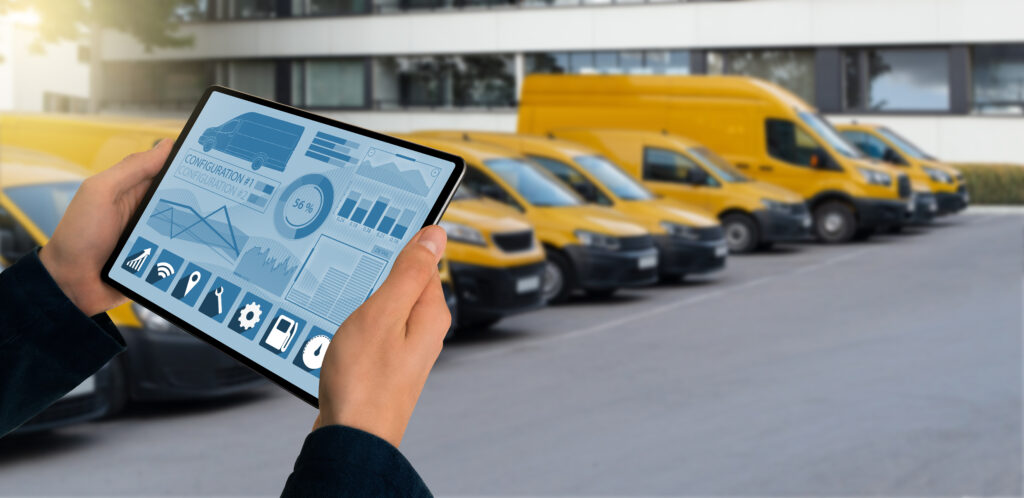
How can companies benefit by using MaaS
The MaaS is not just for individuals. There are several untapped opportunities available for companies that use their fleet.
1. Less risk for the fleet: It is no secret that many times fleet managers are given impossible tasks. They are expected to maintain and manage the vehicles on a tight budget. But the use of this more flexible MaaS transport model gives more opportunities to the fleet managers for reducing the risks involved.
2. Better utilization of the fleet: MaaS gives a good opportunity to find newer ways of recovering the costs involved in fleet management. Fleet managers can open the fleets for consumers on public holidays and weekends. It creates an opportunity to recover the costs in the long term.
3. A good transport alternative: MaaS allows businesses an opportunity to provide better transportation options to their staff members. These employees can log onto some online platforms for planning their journeys.
They can select from many options available depending on their criteria. There are several options available including electric bike hire, public transport, and car sharing.
Conclusion
MaaS offers a lot of potential when it comes to making transport and commuting more affordable and more accesible. Though, a proper infrastructure and support system is required to make this model successful in a true sense.




